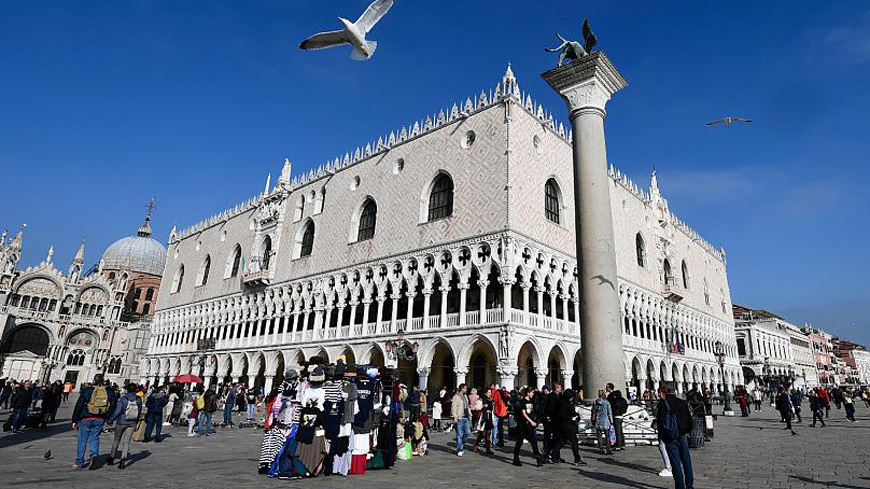AMMAN — Origins of the Gothic architecture can be traced back to the Syrian architectural tradition, said author and cultural writer Diana Darke.
The Islamic architecture was built on “a huge legacy of the Greco-Roman and Persian influences”, said Darke, the author of the book “Stealing from the Saracens: How Islamic architecture shaped Europe” during a webinar organised last week by the Council for British Research in the Levant, London.
“As a child I was very eurocentric, believing that Europe is the centre of the universe,” said Darke,“ later on I realised that it’s not the case.”
The accidental fire that damaged Notre Dame Cathedral in Paris was one of the main reasons for Darke, who studied Arabic and Middle Eastern cultural heritage, to write this book, she said.
Many architectural features of the cathedral resemble Qalb Loze, a fifth-century Byzantine church, some 35km west of Aleppo, she added.
There are over 2,000 remains of stone-built churches in northern Syria, Darke pointed out, noting that the transition between the pagan temple architecture to Christian architecture is “visible”.
Moreover, Umayyad art was also a blend of different cultural and artistic influences, using Hellenistic arches, she emphasised, adding that Umayyad style flourished in Spain when their Prince Abdel Rahman (756-7880) fled to the Iberian Peninsula.
On the other side of the Mediterranean, the port Amalfi, in Campania, Italy, served as a hub between Europe and the Levant, she continued, adding that the Cairo and Damascus style of pointed arches was adopted by the Benedictine monks and later on they became part of buildings of Monte Casino monastery, Doge’s Palace in Venice and Gothic cathedrals around Europe.
Also speaking during the webinar, Professor of Islamic Art and Archaeology at SOAS Scott Redford said: “One of the most famous works of Syrian mediaeval architects is the hospital of Nur Al Din Zangi built in 1154.”
Often, Roman remains were incorporated into Islamic buildings, Redford said.
Furthermore, despite the periodical hostilities, the Byzantine and Islamic architecture had the same Greco-Roman roots, Redford said, adding that one of the examples is a monastery of Hosios Lucas in Beotia, Greece.
“Many people will not accept that Greece and Rome are not the cause of everything and they ignore the fact that these civilisations were multicultural and multiethnic,”Darke underscored.
